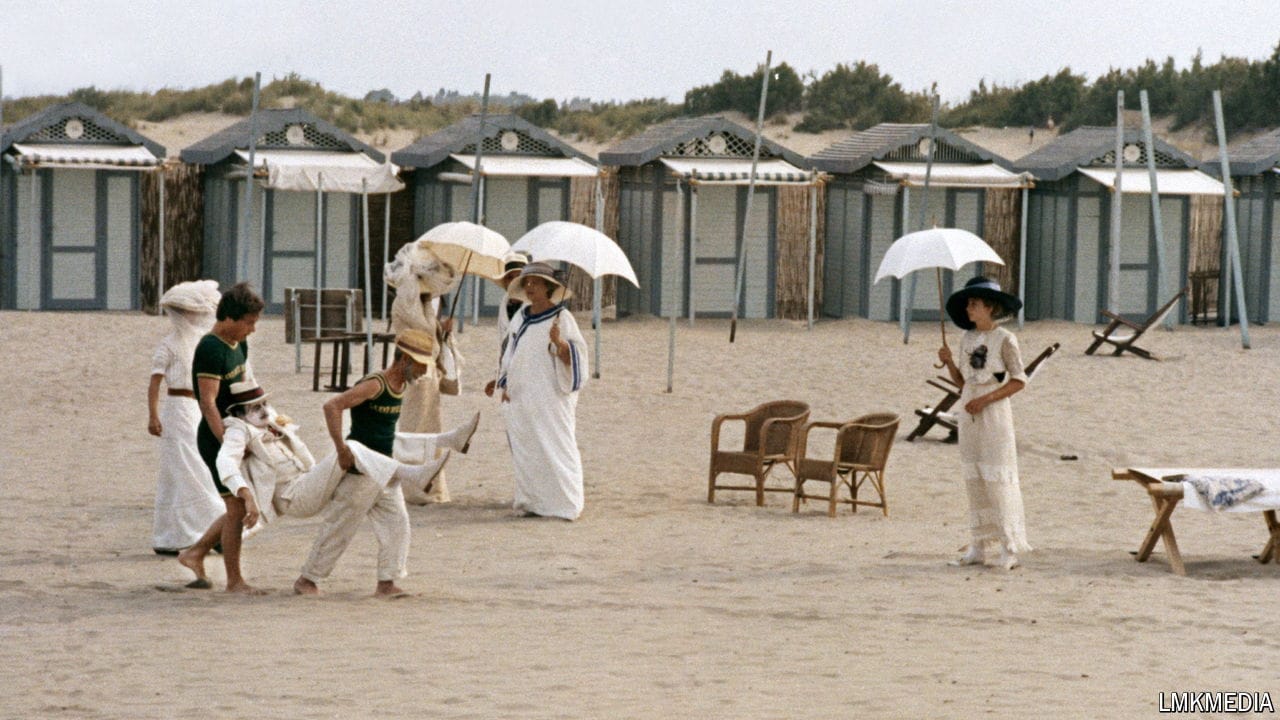What to read to understand America’s opioid epidemic
Five books and one TV series lay bare the corruption, criminality, heartbreak and hope that are all facets of a decades-long crisis

MORE THAN 600,000 Americans and Canadians have died of an opioid overdose since 1999. Modelling suggests that 1.2m more could die by the end of this decade. For more than a quarter of a century Americans of all classes have watched friends, relatives and coworkers succumb to and, sometimes, overcome addiction to opioids. During that time the epidemic has mutated. First, there were pills. Doctors prescribed OxyContin and other opioids to patients to treat moderate and severe pain, often irresponsibly. When pills became too expensive and Oxy was reformulated to make it harder to crush, some addicts switched to heroin, then eventually to fentanyl, a much stronger synthetic opioid. No part of America has been spared. This list includes five books and one television series about the legal drug industry that initiated the epidemic, the criminal organisations that took advantage of it, the devastation of entire communities and the remarkable people who are rebuilding them.
Empire of Pain. By Patrick Radden Keefe. Doubleday; 560 pages; $32.50. Picador; £20
More from The Economist reads

The romance and reality of Paris, the Olympics’ host
Five non-fiction books about a city that is both gilded and gritty

Novels set on holiday
Some of these fictional holidays aren’t fun, but they might enhance yours

Five books on the glories and flaws of the Olympics
The games fall short of their ideals, but they’re still worth watching
The best and worst memoirs by British prime ministers
There are plenty of duds, but a few gems
Books (and films) about the joy and pain of music festivals
From Bethel to the Bahamas
Six enjoyable books about football
An eclectic selection covering the beautiful game and why it matters